CS 194-26 Project 6A: Image Warping and Mosaicing
David Dominguez Hooper (cs194-26-abs)Overview
matrix H, which I then used to transform the perspective of one image into another through rectification.
The results are then blended in order to create a whole mosaic, and repeated with more images.
Shoot and Digitize Pictures
We will be using these images to create the mosiacs.
Left:
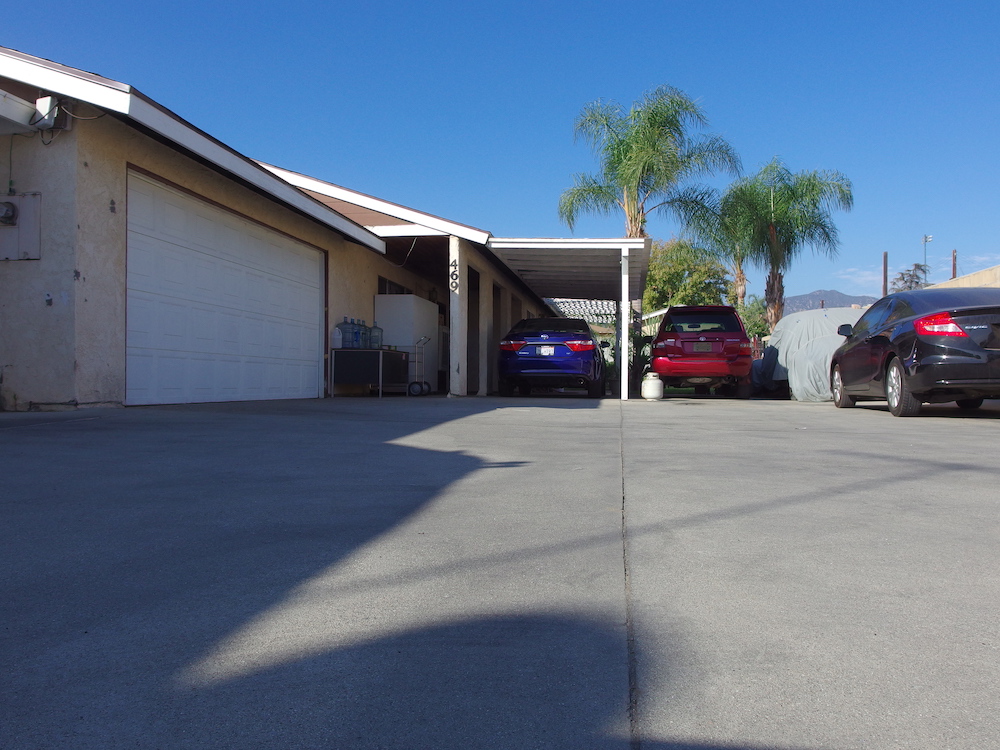 Right:
Right:
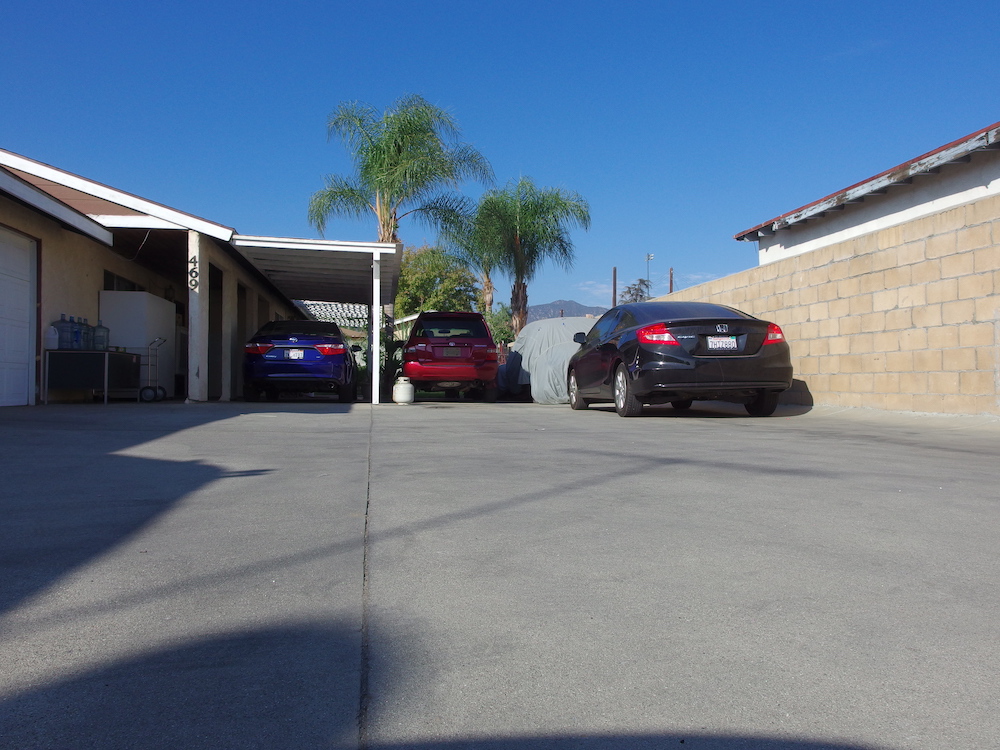
Second set of Images:
Left:
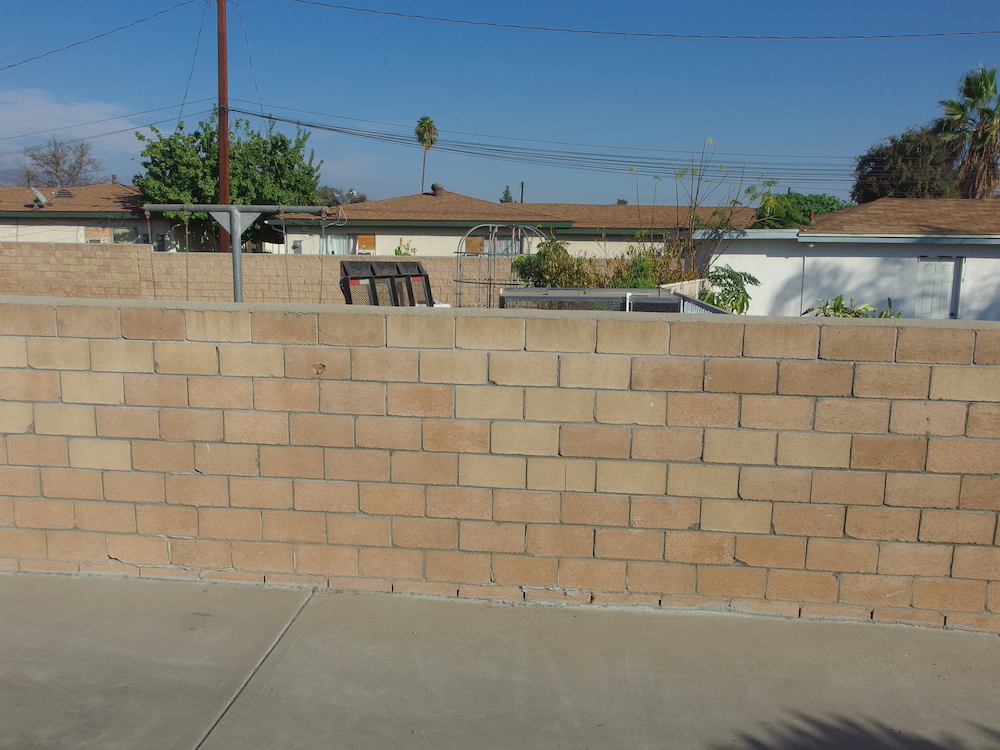 Right:
Right:
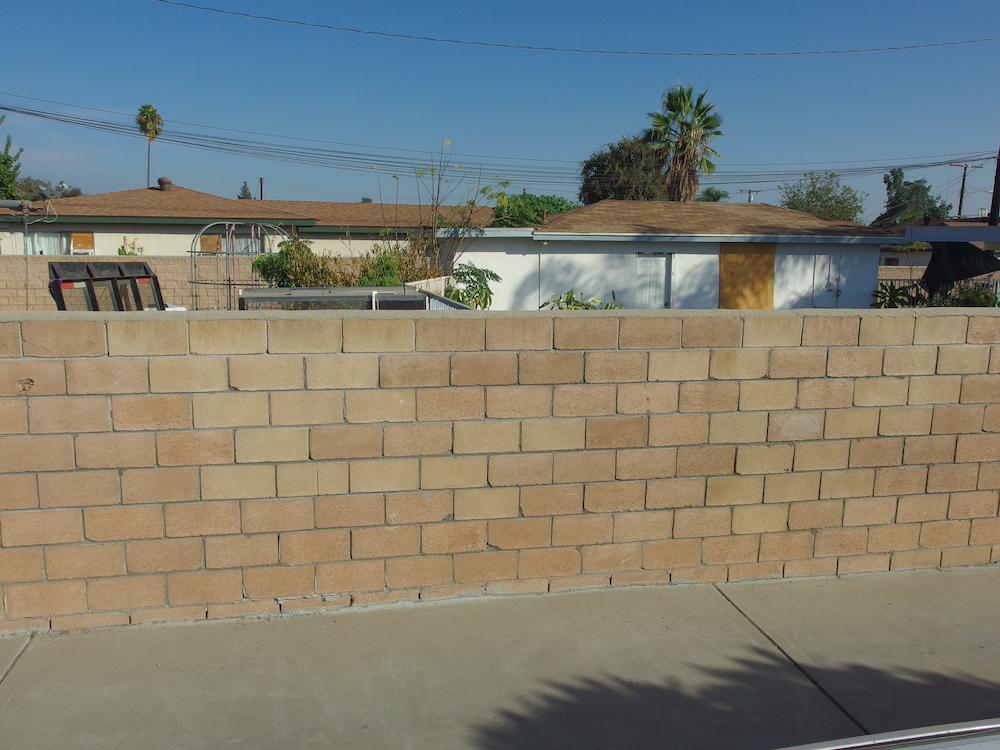
Recover Homographies
In this case, the transformation is a homography: p’=Hp, where H is a 3x3 matrix with 8 degrees of freedom (lower right corner is a scaling factor and can be set to one).
One way to recover the homography is via a set of (p’,p) pairs of corresponding points taken from the two images.
In order to compute the entries in the matrix H, I set up a linear system of n equations (i.e. a matrix equation of the form Ah=b where h is a vector holding the 8 unknown entries of H)
where n is the number of point correspondences between the two images (determined through a simple click and select interface I wrote).
Since the system may be over-determined, I use least squares to solve for the eight unknowns in h, then reshaped it into a 3x3 matrix.

Warp images (Rectification)
The matrix was then used to warp the selected images into a rectified image.
Results for two images are shown below:
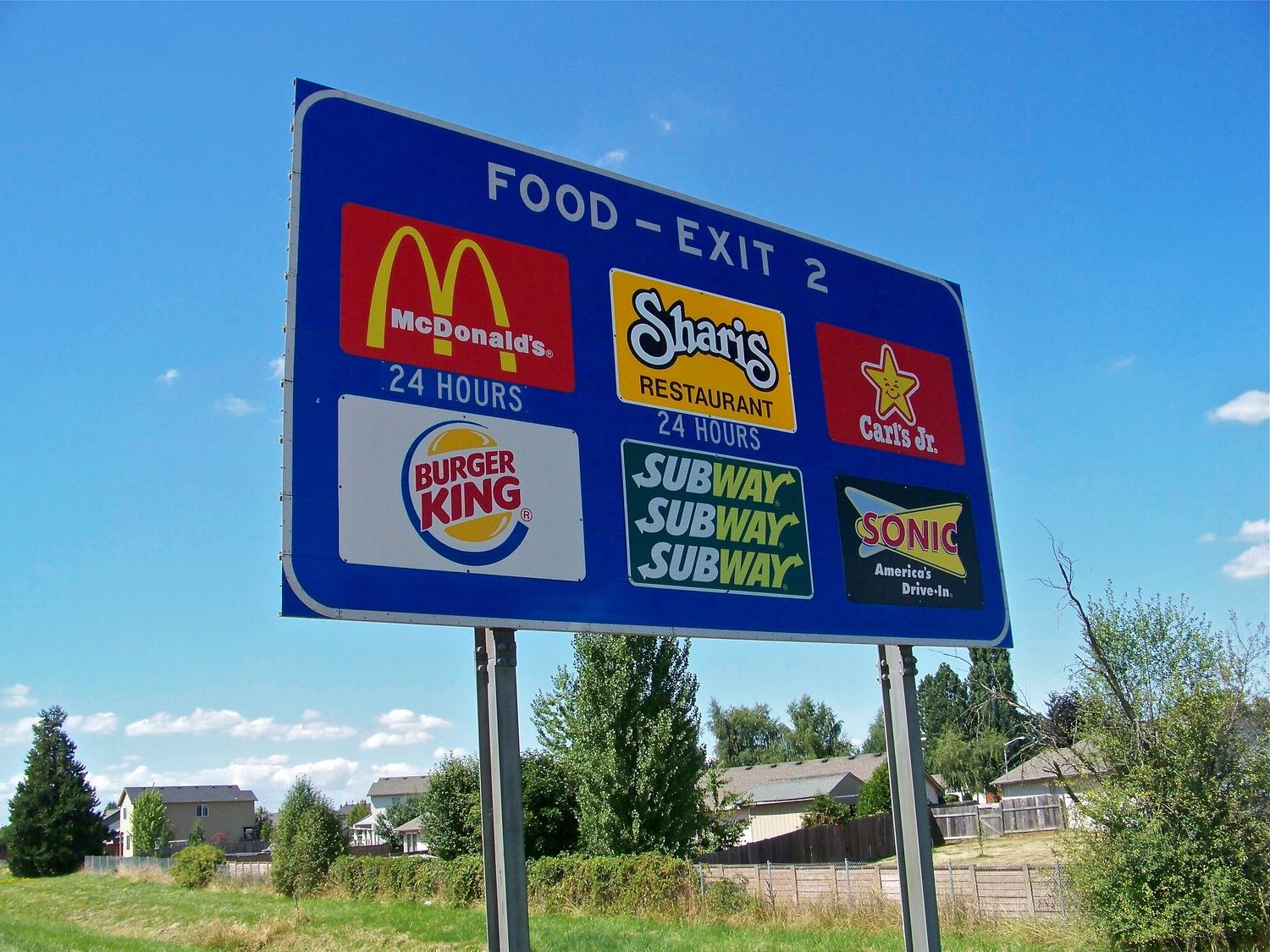
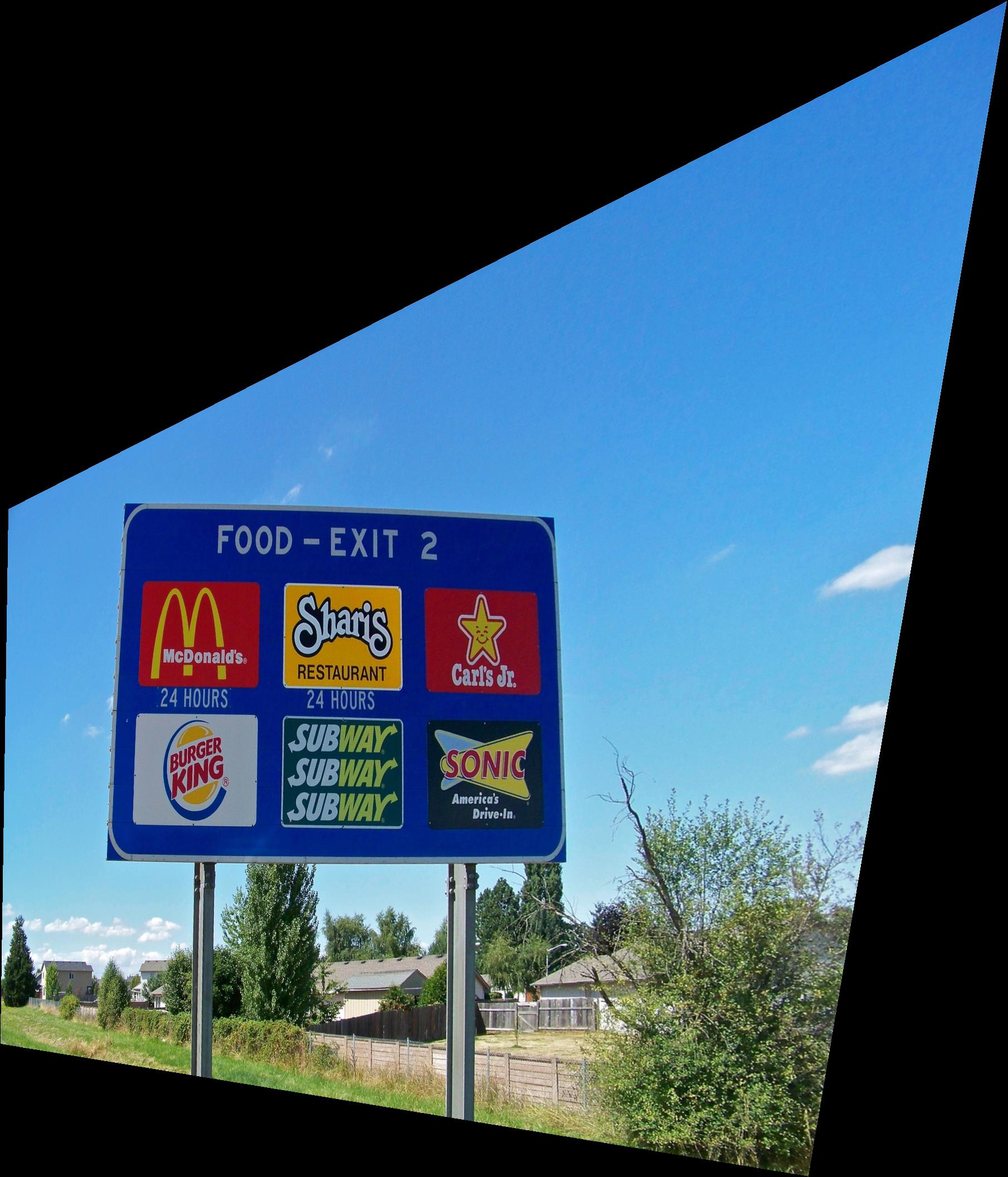
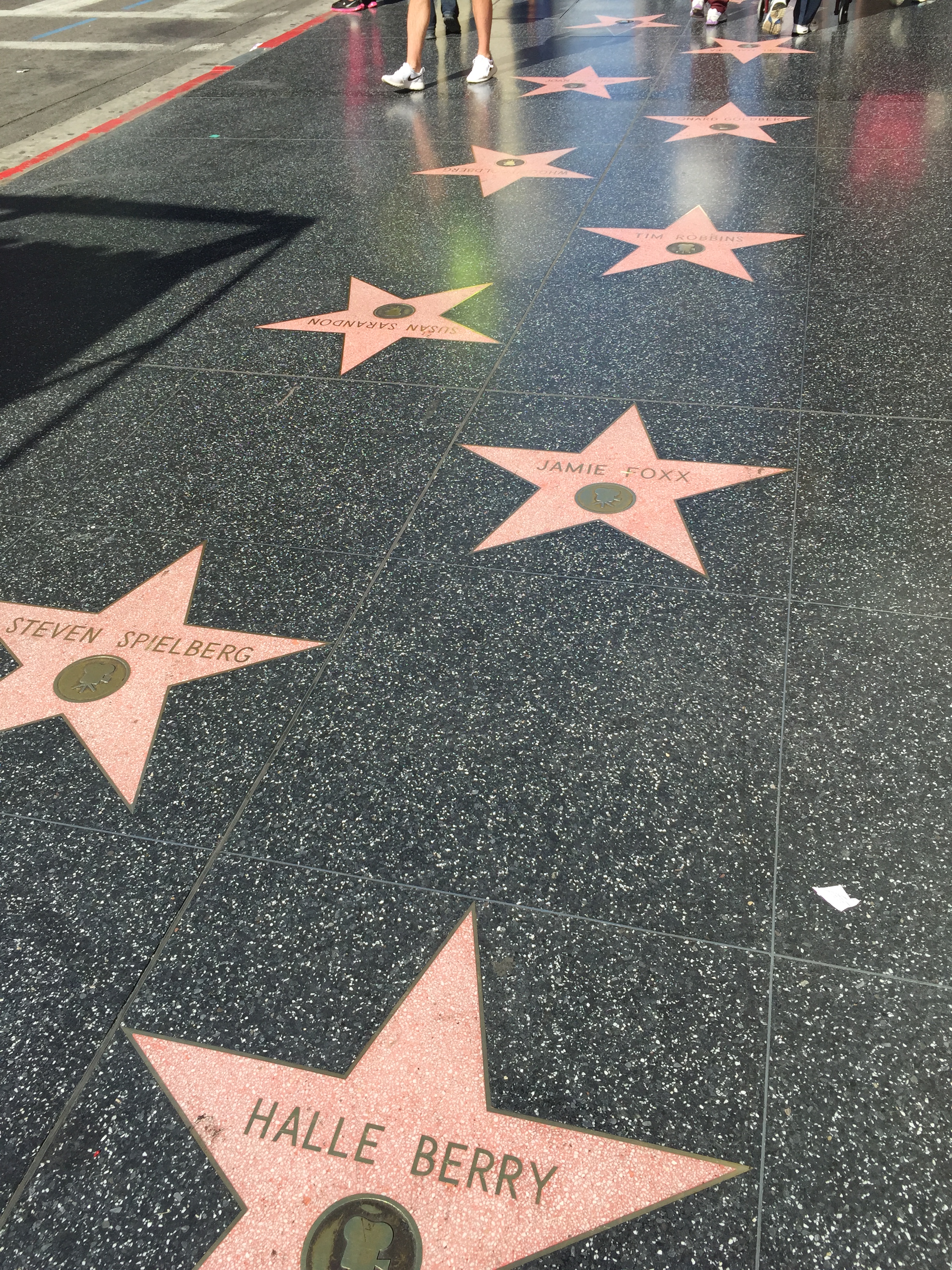
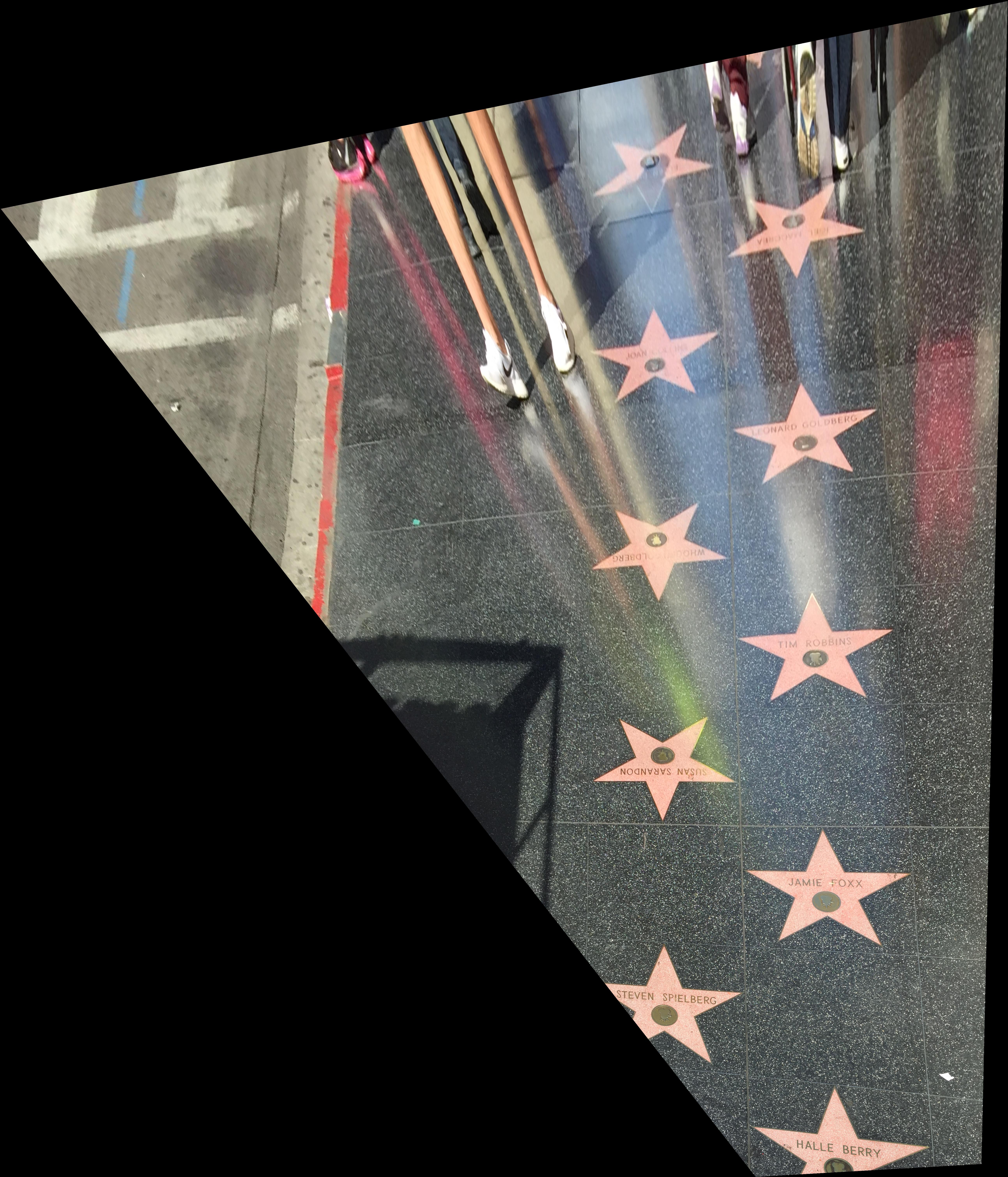
Zoomed in:

Blend Images into Mosiac
I used an alpha blend to blend the left image into the right.
We then get one single mosaic using the two images.
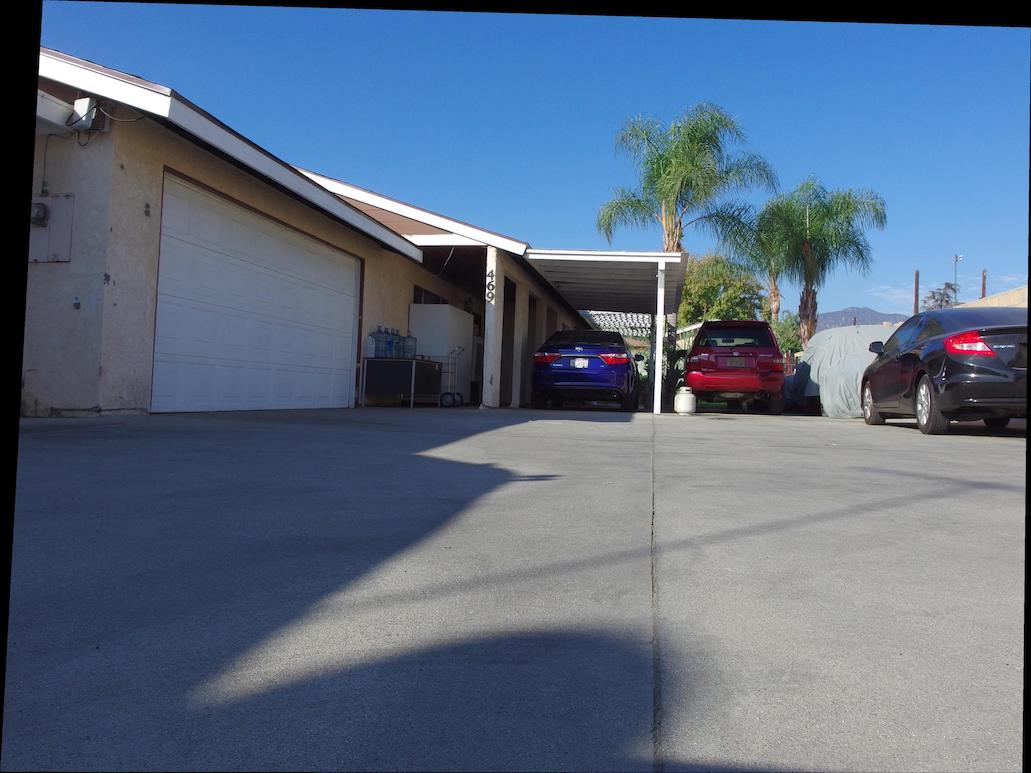
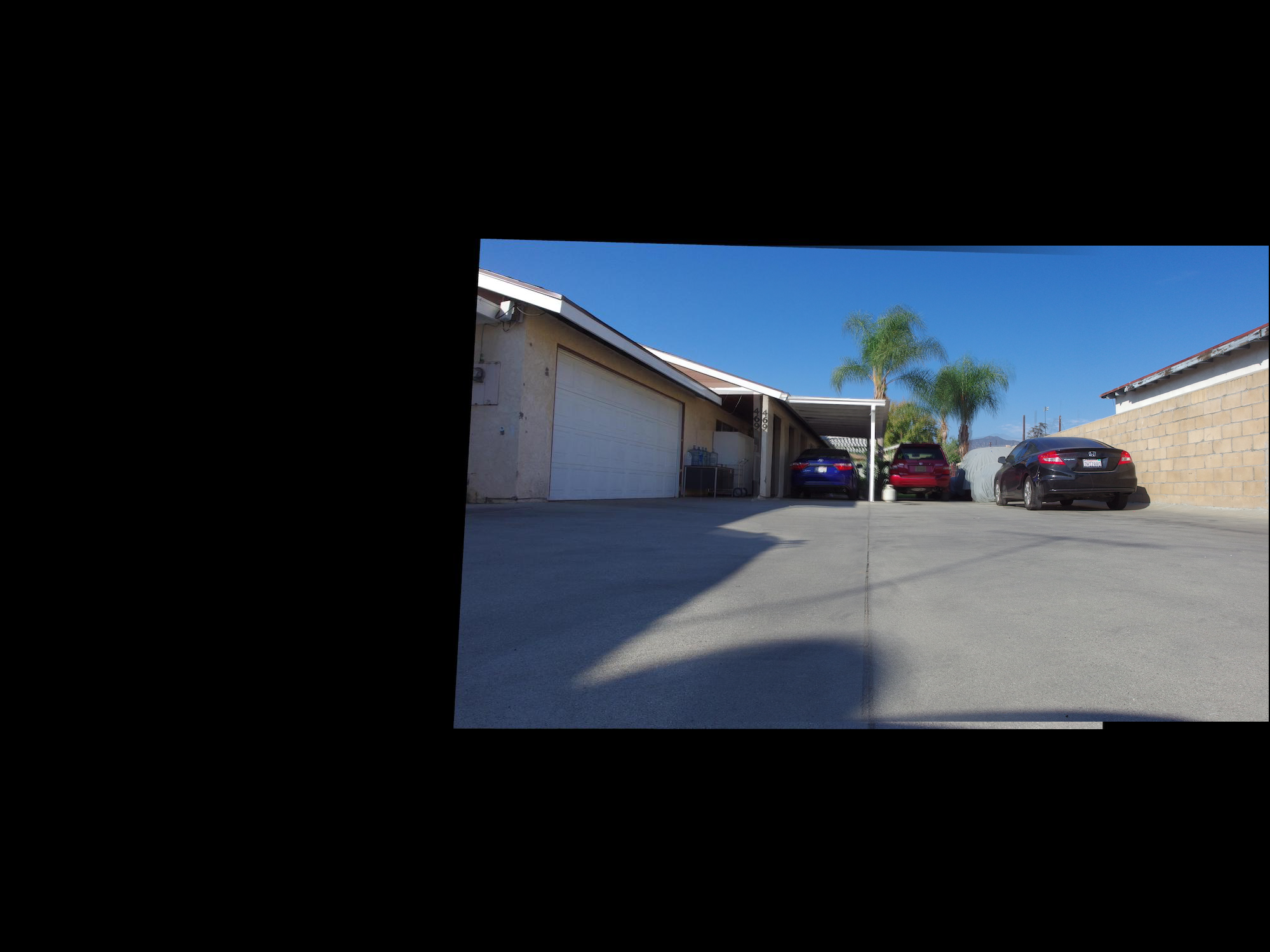
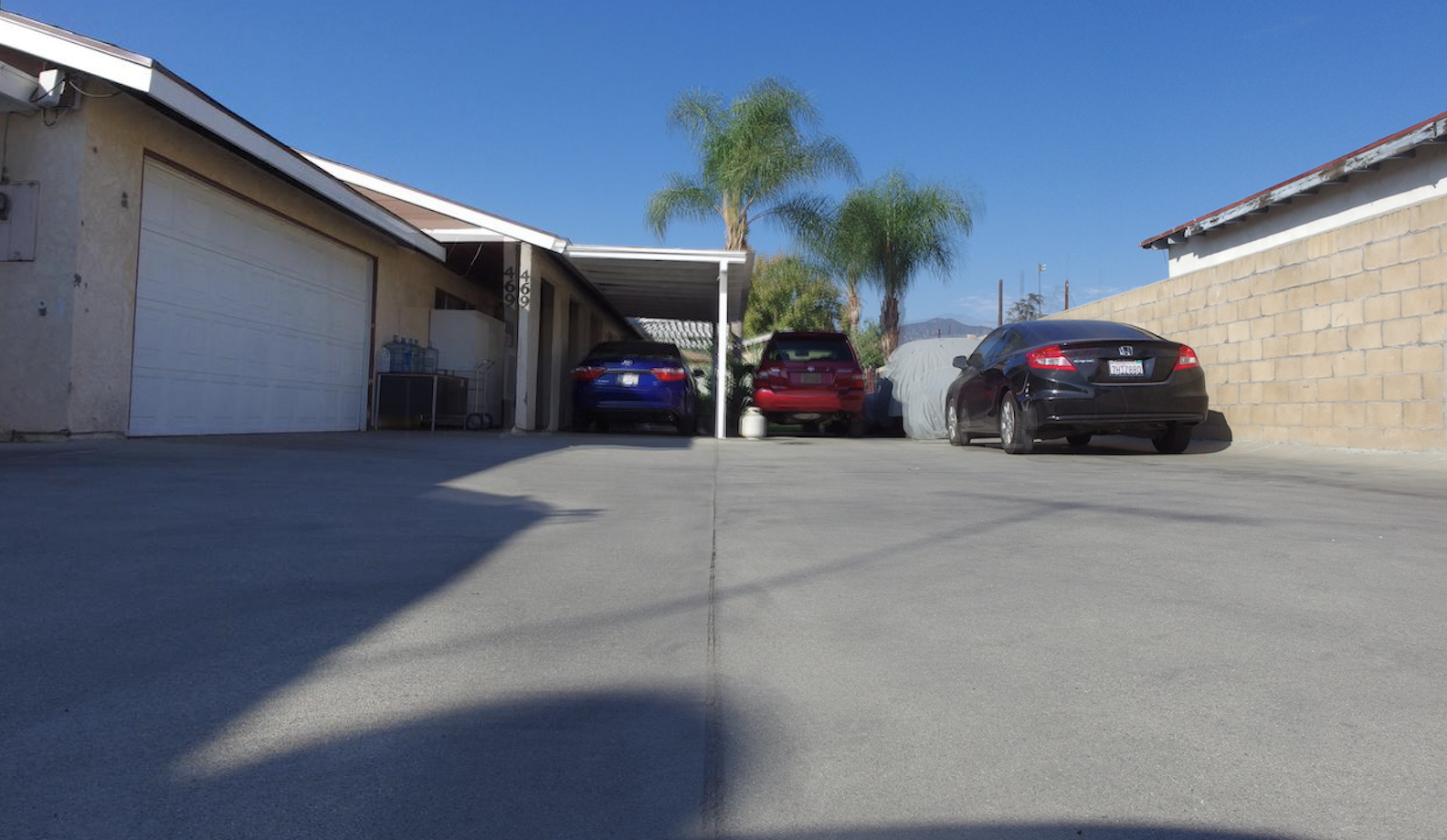


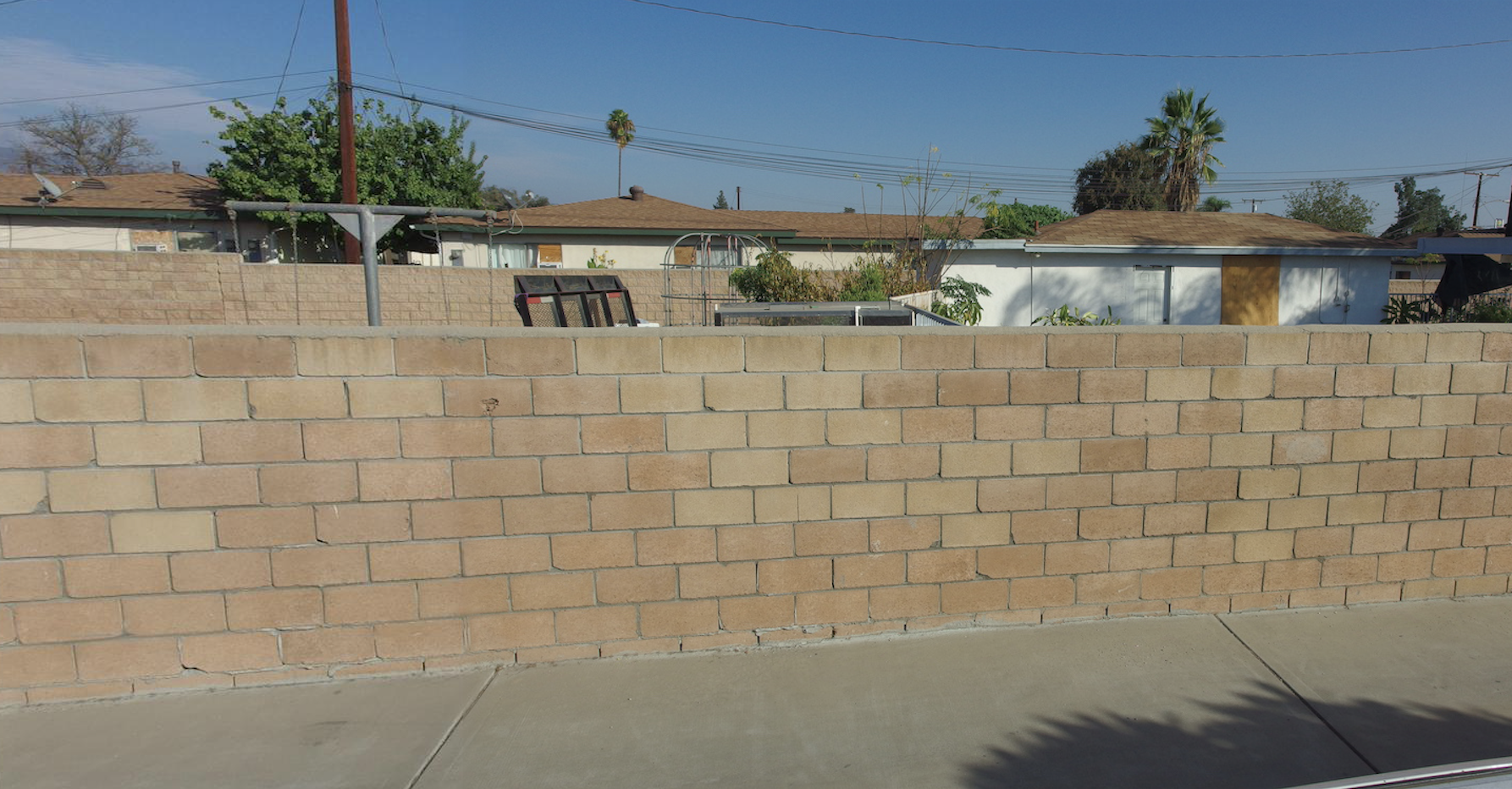
Summary
I can also easily see how this can be used in various ways to create some really cool image effects and by applying a projection warp to an image,
we can unlock clues about an image by seeing it from a different viewpoint.